Omurice Recipe – Few meals in the vibrant tapestry of Japanese cuisine embody comfort and simplicity like omurice. This delectable combination of fluffy omelette and savory fried rice has grabbed the hearts and taste buds of many people in Japan and around the world. But what is the backstory to this well-known dish, and why does it have such a special position in Japanese culinary culture? Join us on a gastronomic journey as we learn about the history, meaning, taste, and preparation of omurice, as well as the unique alchemy of tastes that makes it a genuine comfort food icon.
Omurice Recipe
The History of Omurice
Omurice, the soothing mash-up of an omelette and fried rice, has a history as varied as its flavors. Let’s go back in time to learn about the origins and growth of this popular Japanese cuisine.
- Culinary Confluence of the Meiji Period: The origins of omurice may be traced back to Japan’s Meiji period (1868-1912), which saw considerable socioeconomic and gastronomic developments. It was a period when Japan welcomed foreign influences, particularly Western food, with open arms. As Western-style cooking became more popular, so did the omelette, a dish that captivated both Japanese chefs and home cooks.
- Omurice’s Origin: Japanese chefs were inspired by the traditional Western omelette and wanted to put their own spin on it. They added a delicious stuffing of seasoned fried rice, turning the omelette into a whole meal. Omurice was born as a result of this brilliant culinary masterpiece.
- Omurice Unfurls Its Wings: Omurice swiftly gained popularity in Japan, not only because of its excellent taste, but also because of its adaptability. Families all around the country welcomed it as a go-to comfort food, and it quickly became a fixture in home kitchens and neighborhood diners.
- Omurice in Contemporary Japan: Today, omurice is still a popular dish in Japan, but it has also spread outside its borders. Variations of omurice may be found in Japanese restaurants all over the world, enchanting the hearts and taste buds of people from all walks of life. Whether prepared in the warmth of a family kitchen or in a noisy restaurant, omurice continues to give comfort and happiness to those who consume it.
- Omurice’s Everlasting Appeal: What makes omurice so unique is its ability to perfectly merge flavors, textures, and cultures. It epitomizes comfort food: simple yet tasty, familiar yet innovative. Omurice is more than a dish; it is a cultural symbol, representing Japan’s culinary versatility and ingenuity.
As we relish each bite of omurice, we are tasting not only a delicious mix of omelette and rice, but also a piece of Japan’s history and its ever-changing culinary environment. Omurice is a meal that transcends time, and with each forkful, we contribute to its lasting heritage.
What Is the Meaning of Omelette Rice?
The phrase “omelette rice” relates to a Japanese delicacy called “omurice.” It’s a lovely mash-up of two main ingredients: “omu,” which is derived from “omelette,” and “raisu,” which is the Japanese pronunciation of “rice.” As a result, “omurice” literally means “omelette rice” or “rice wrapped in an omelette.”
Omurice is a popular Japanese dish that features a puffy omelette encasing a savory fried rice filling. The omelette is frequently seasoned with ketchup or a savory sauce, which creates a delectable contrast with the umami-rich fried rice inside. The name accurately describes the dish’s composition and is well-known in Japan and among admirers of Japanese cuisine around the world.
Is Omurice the Same as Omelette?
Omurice is not the same as a traditional omelette, although it does incorporate omelette as a key component of the dish. Here’s how they differ:
- Composition:
Omurice is a Japanese meal made out of a fluffy omelette and savory fried rice. It consists of an omelette encasing a tasty fried rice filling, sometimes seasoned with ketchup, veggies, and proteins such as chicken or beef. A conventional omelette is made of beaten eggs that are cooked until they set, then folded in half and filled with toppings like cheese, veggies, or meat. It is frequently seasoned with salt and pepper, but it does not always include rice or a filling like omurice.
- Profile of Flavor:
With the umami-rich fried rice and the subtle sweetness of ketchup, Omurice has a diverse flavor profile. The salty rice is offset by the creamy and fluffy omelette. Traditional omelettes are typically savory and rely on the flavors of their contents, which can vary greatly depending on personal preferences.
- Presentation:
Omurice is well-known for its visually pleasing design. The omelette is beautifully folded and frequently topped with a splash of ketchup or sauce, making it a visually appealing dish. A conventional omelette is folded in half and served without any fancy garnishes or presentations.
In conclusion, while omurice contains an omelette, it is a separate dish with a distinct combination of flavors and textures, thanks to the addition of savory fried rice. The two dishes have distinct culinary tastes and are appreciated for their distinct qualities.
The Taste of Omurice: A Symphony of Flavors
Omurice, a Japanese comfort food favorite, delights the senses with a gastronomic symphony of flavors. The umami-rich fried rice is at its heart, stir-fried to perfection with chicken, beef, mixed vegetables, and flavorful seasonings. What distinguishes omurice is the whimsical addition of ketchup, which introduces a sense of sweetness that delightfully balances the spicy elements.
The textural harmony of the dish is a highlight, with a creamy and fluffy omelette enclosing the chewy and aromatic fried rice. This tactile difference, together with the layers of flavor from the veggies and meats, results in an intriguing and pleasant eating experience.
Omurice is about more than just flavor; it’s about comfort and reminiscence. With each bite, it provides a sense of home and warmth, making it a popular comfort meal. Furthermore, omurice is very adjustable, allowing you to tailor the ingredients and flavors to your liking, creating a one-of-a-kind culinary creation with each plate.
In essence, omurice is a sensory journey that allows you to experience Japan’s culinary brilliance. Omurice is a delicacy that leaves a lasting impression on the taste buds and the heart, with its surprising yet exquisite mix of sweet ketchup and savory fried rice enclosed in a creamy omelette.
Omurice Recipe
Making omurice at home is a pleasant experience that allows you to tailor the dish to your tastes. The essential processes involve making a tasty fried rice filling, a creamy omelette, and then neatly wrapping the omelette around the rice. The finished result is an aesthetically stunning masterpiece that tastes as good as it looks.
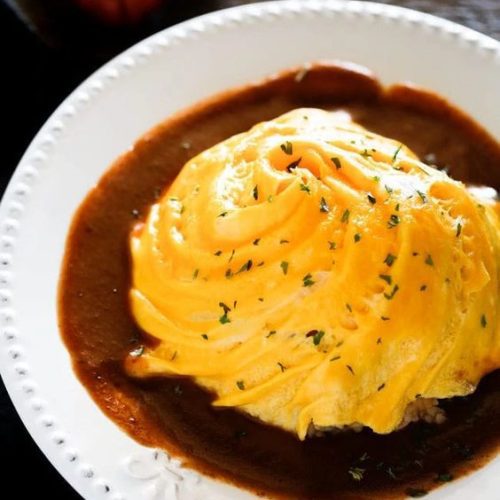
Omurice Recipe
Equipment
- Non-Stick Skillet or Pan
- Egg Whisking Bowl
- Special Omelette Pan
- Plates or Serving Platter
Ingredients
- 2 cups cooked Japanese short-grain rice
- 1/2 cup diced chicken or beef
- 1/2 cup mixed vegetables (peas, carrots, bell peppers)
- 1 small onion, finely chopped
- 2-3 tbsp ketchup
- Salt and pepper to taste
- 4 large eggs
- Cooking oil
- Chopped parsley for garnish (optional)
Instructions
- In a pan, heat 1 tablespoon of cooking oil. Cook the onions until they are transparent.
- Cook until the diced chicken or meat is browned.
- Stir in the mixed vegetables for a few minutes, or until they begin to soften.
- Stir in the cooked rice, making sure it's well combined with the other ingredients.
- Season with salt, pepper, and ketchup, to taste. Adjust the sweetness and color of the ketchup to your liking.
- Separately, beat the eggs until well mixed but not foamy.
- Heat a little oil in a clean, nonstick frying pan. Cook over low heat with the beaten eggs.
- When the omelette's edges begin to solidify, gently lay the fried rice mixture on one half of the omelette.
- Fold the other half of the omelette carefully over the rice, forming a semi-circular shape.
- Place the omurice seam side down on a platter.
- If preferred, garnish with chopped parsley and serve with an extra drop of ketchup.
Conclusion
In the heart of Japanese cuisine, omurice is a tribute to culinary inventiveness and the ability to blend flavors and textures harmoniously. This famous meal has become a soothing classic that transcends generations and countries, with origins reaching back to Japan’s interaction with Western food.
Omurice, a delectable combination of fluffy omelette and savory fried rice, is more than a dish; it’s a voyage. A voyage through Japan’s Meiji era, when it opened its doors to world influences, as well as a tour through the warm and friendly kitchens of many homes and restaurants.
The word “omurice” embodies the essence of the dish: an omelette wrapped over a bed of delicious rice. However, it is more than simply a moniker; it is an experience. It’s the flavor of fluffy omelette set against umami-rich fried rice. It’s the ketchup’s playful sweetness and the pleasing textures of vegetables and meats. It’s a soul-stirring comfort food symphony.
Making omurice at home lets you to go on a gastronomic trip, tailoring the ingredients and flavors to your preferences. It’s a recipe that promotes experimenting and rewards with a fulfilling and heartwarming lunch.
So, whether you enjoy omurice for its history, delightful meaning, or distinct flavor, one thing is certain: this popular Japanese comfort meal holds a special place in the world of gastronomy. You’re not just eating a dish with each bite; you’re embracing the warmth and comfort that omurice has to offer.
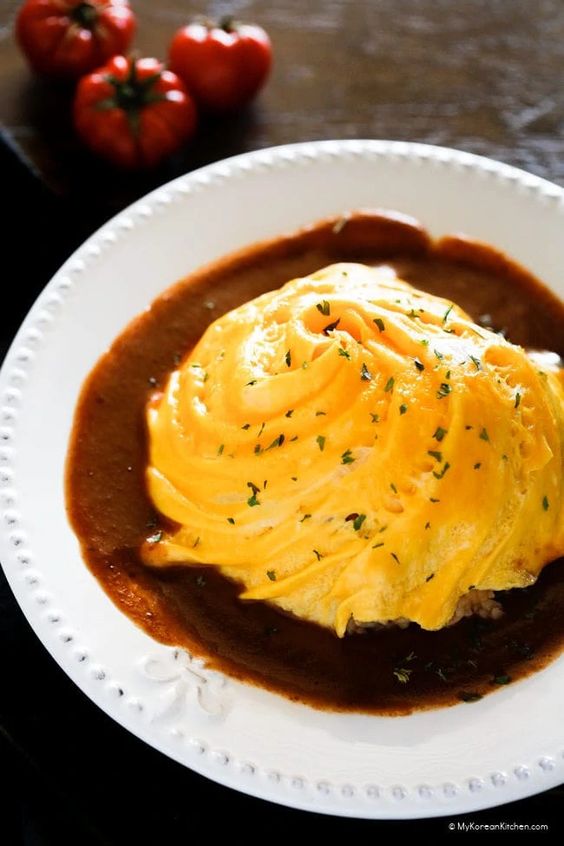

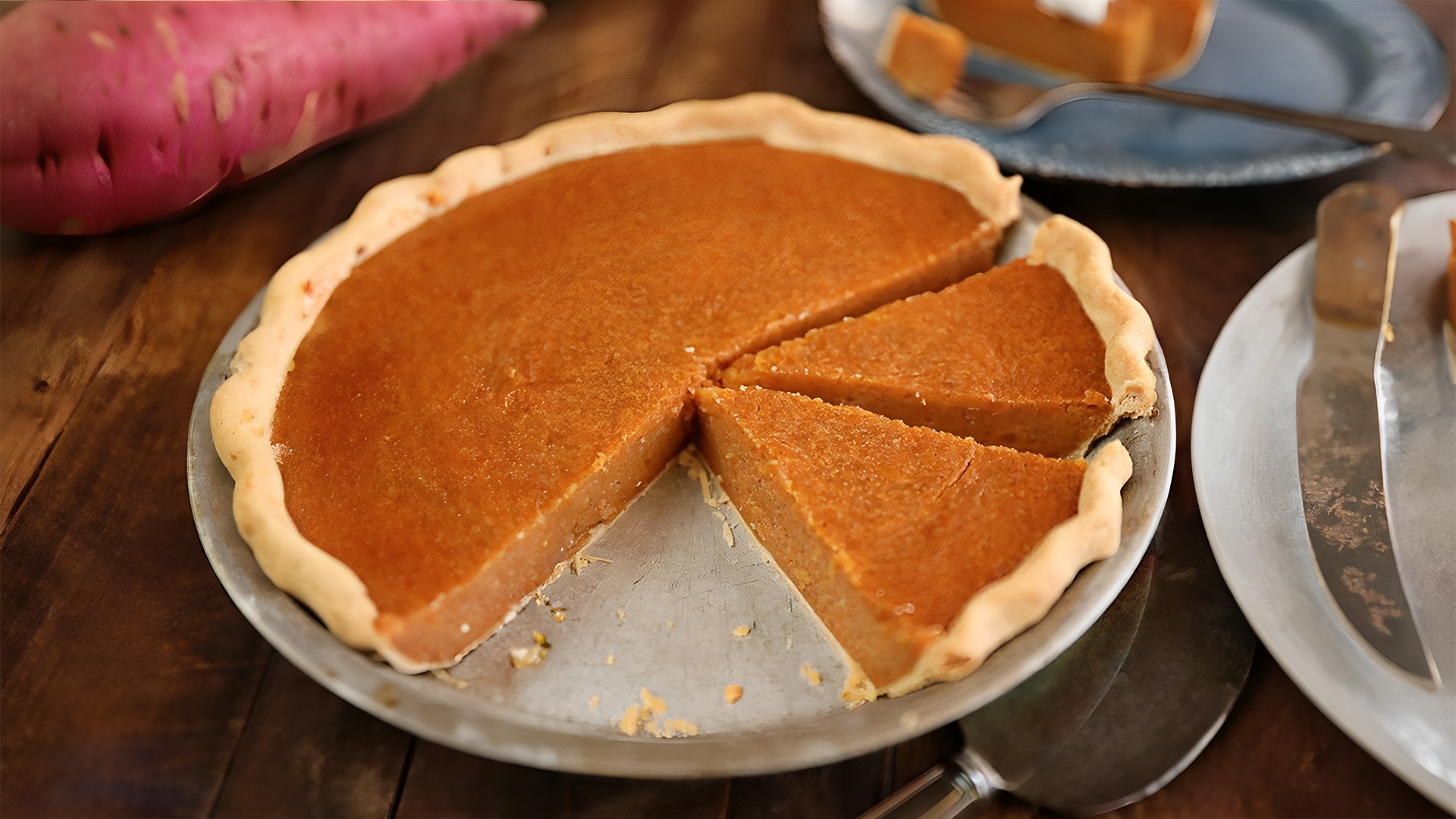

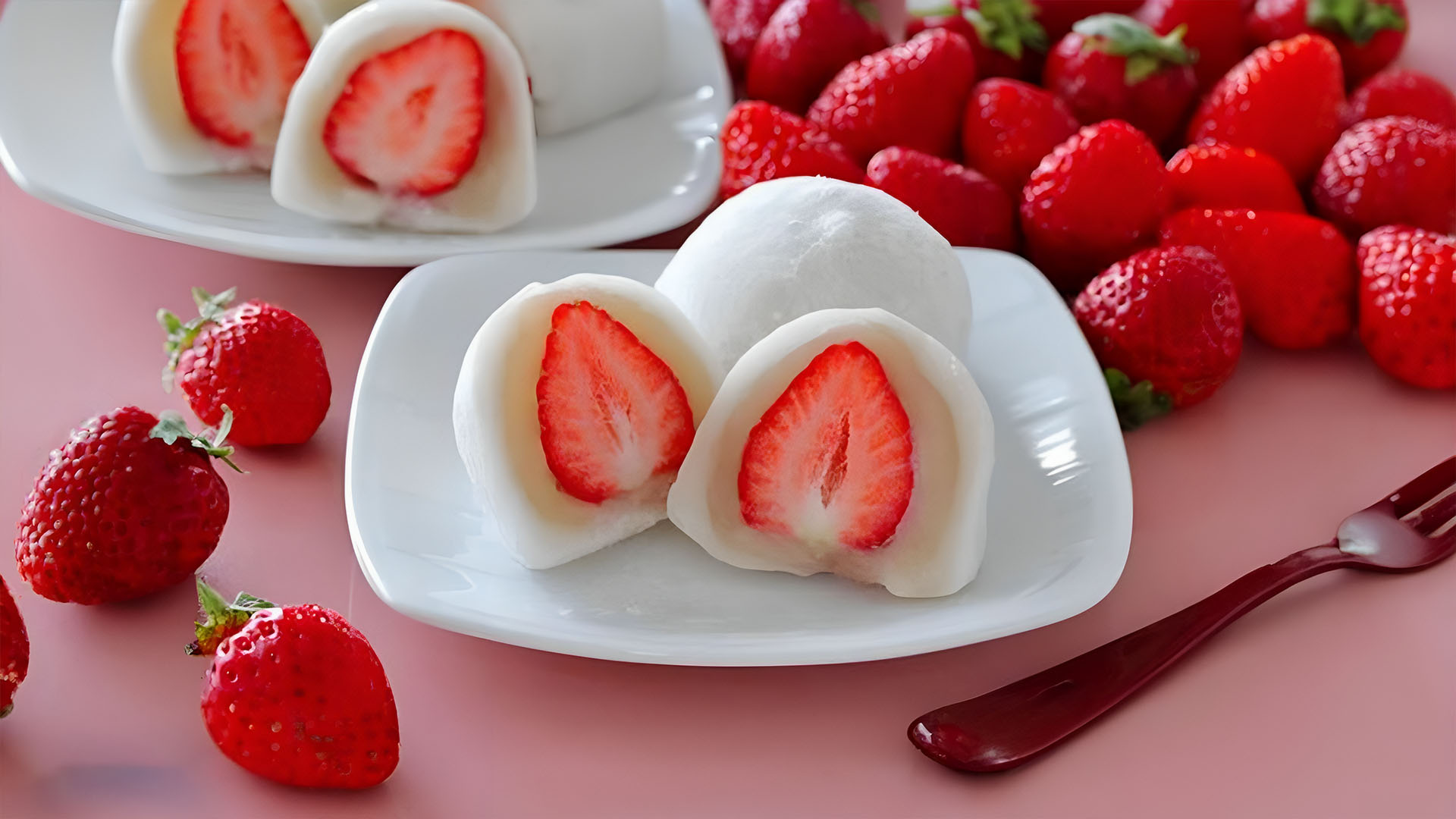





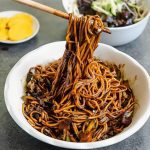
Leave a Reply